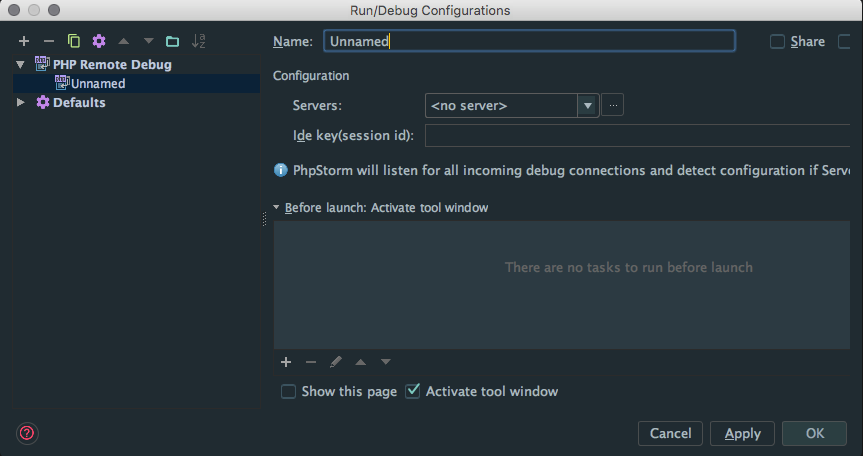
If not created yet, create a project inside OpenShift.Download and install the OpenShift Connector from the marketplace.

Let's see how to debug a local component, step by step: It allows developers to use IntelliJ as usual for debugging applications (set breakpoints, inspect stacks and variables, do step by step, etc.) while the application is actually running on OpenShift. This action is available in the OpenShift view from the component nodes context menu. More languages like Python will be added when odo supports them. The debug feature is still experimental and only supports Java and NodeJS components. This article explains how OpenShift: Debug works and shares the difference between debugging Java and Node.js components in IntelliJ. This enhancement lets the user write and debug local code without leaving IntelliJ. OpenShift Connector uses OpenShift Do's ( odo's) debug command under the hood and supports only local Java and Node.js components. It is similar to features developed for Visual Studio Code and JBoss Tools for Eclipse.

This release provides a new OpenShift: Debug action to simplify the debugging of OpenShift Components pushed to a cluster. You can download the OpenShift Connector extension from the JetBrains Plugins Repository.

The 0.2.0 release version of the Red Hat OpenShift extension for JetBrains IntelliJ is now available.


 0 kommentar(er)
0 kommentar(er)
